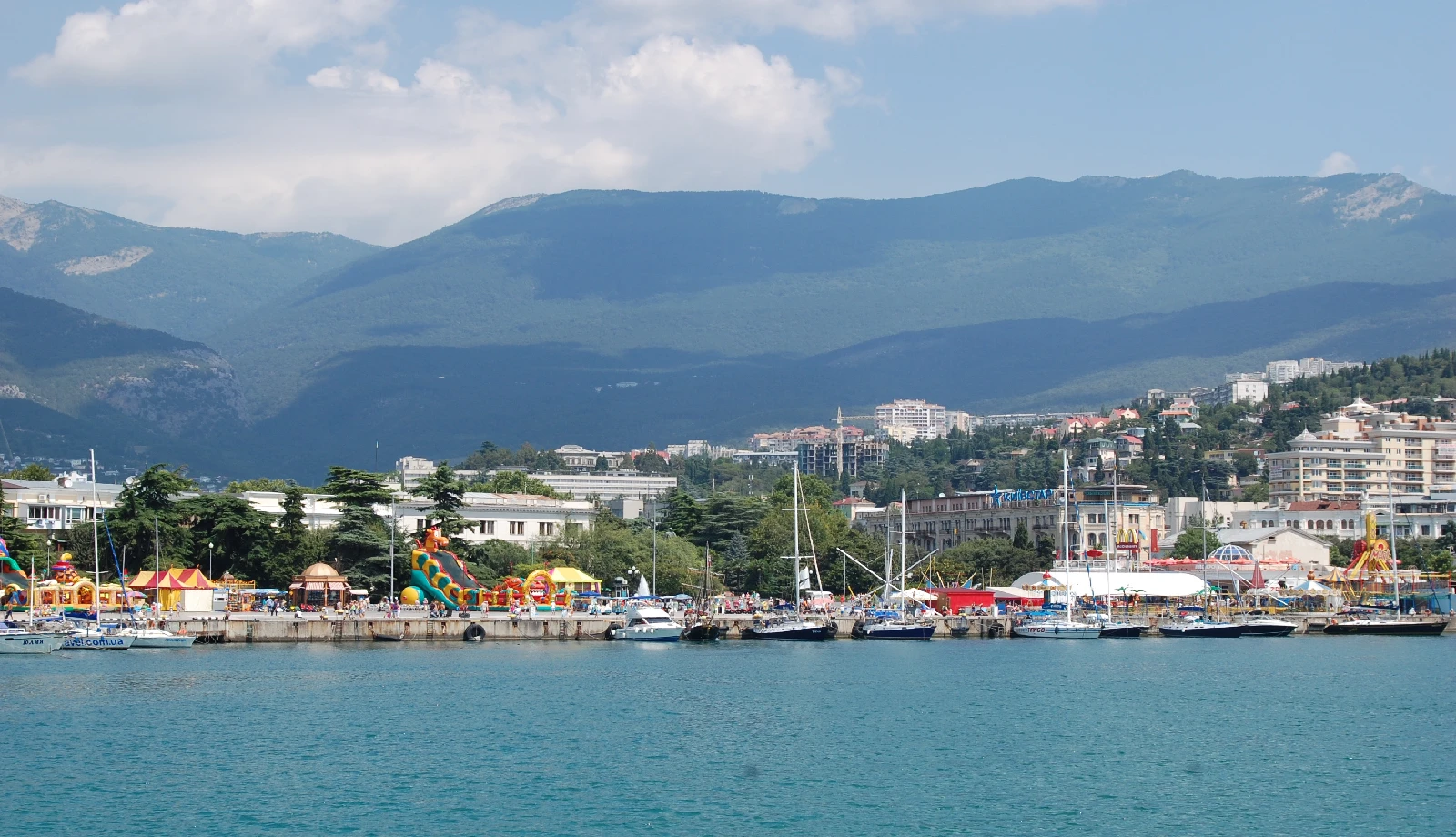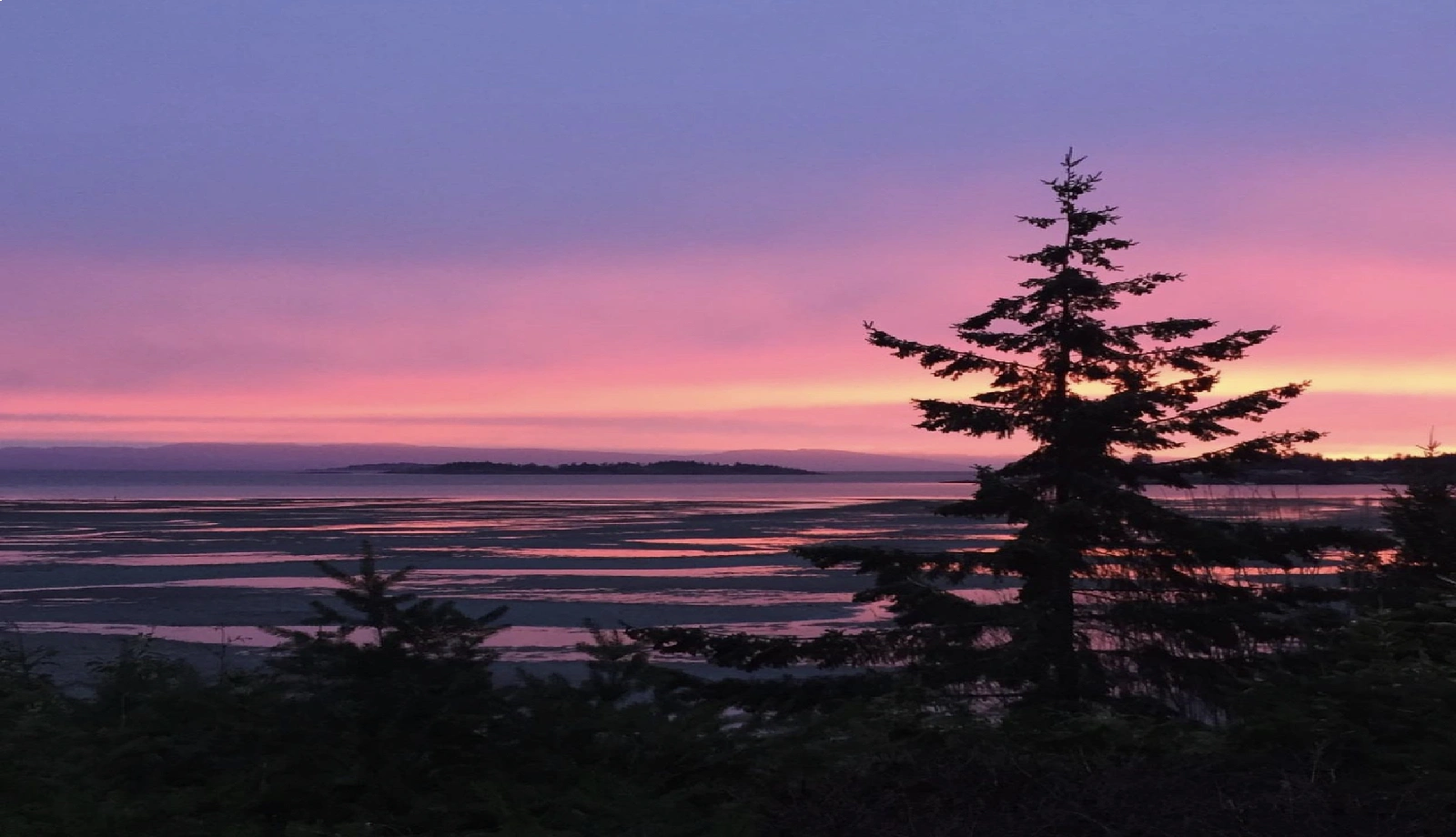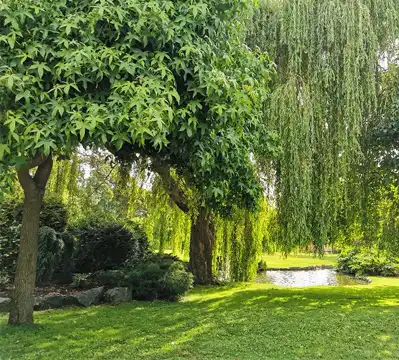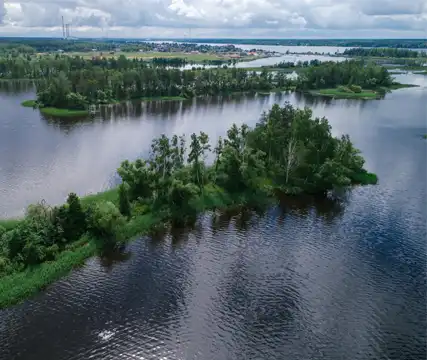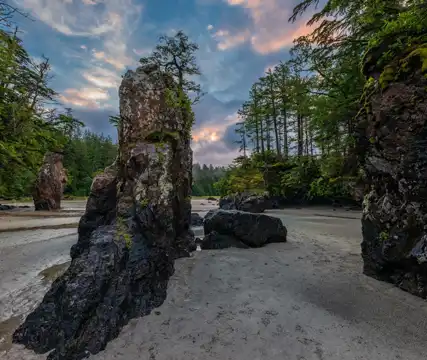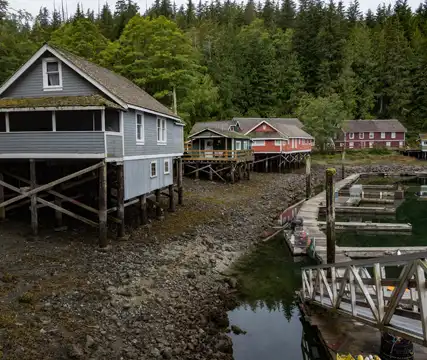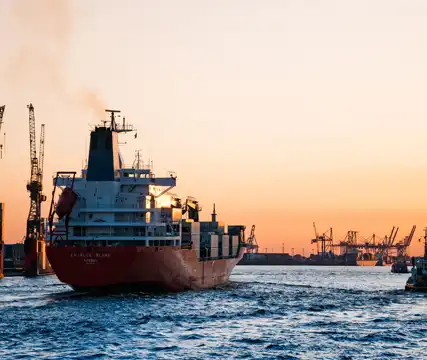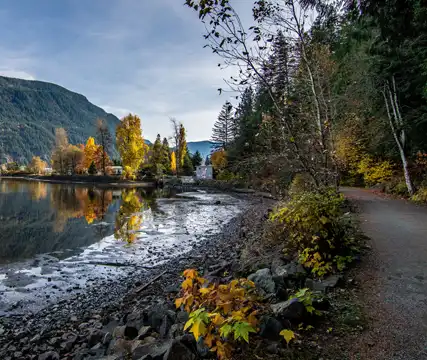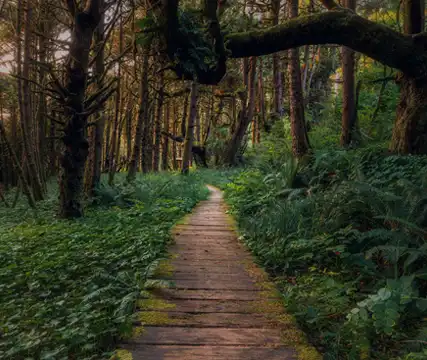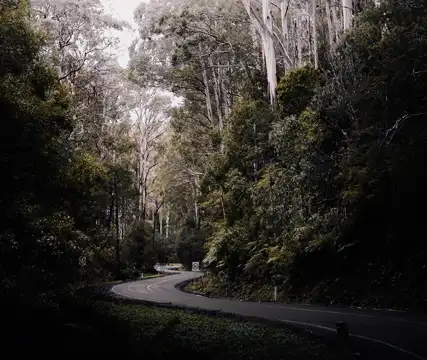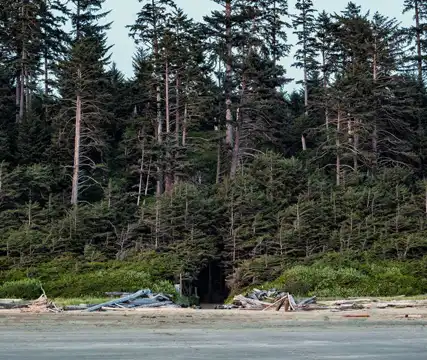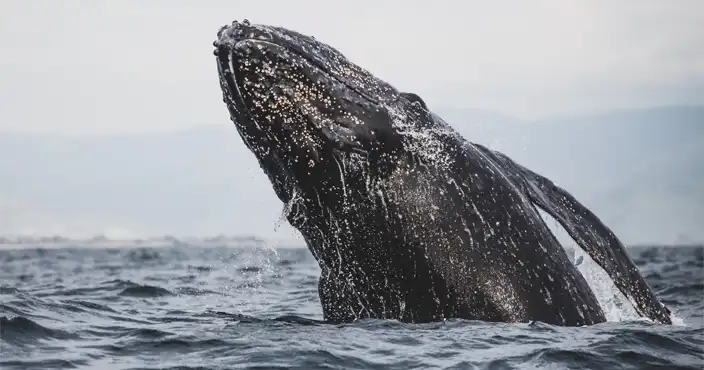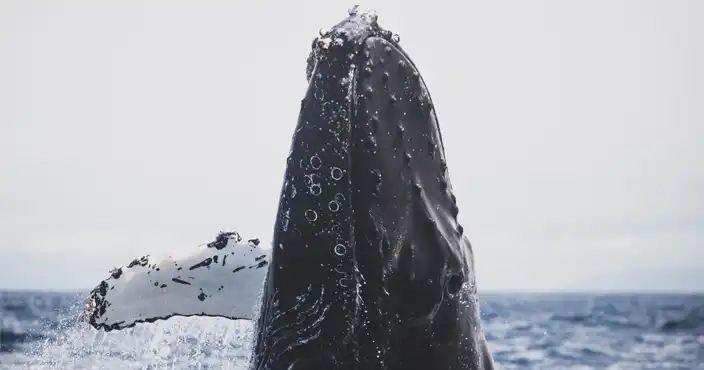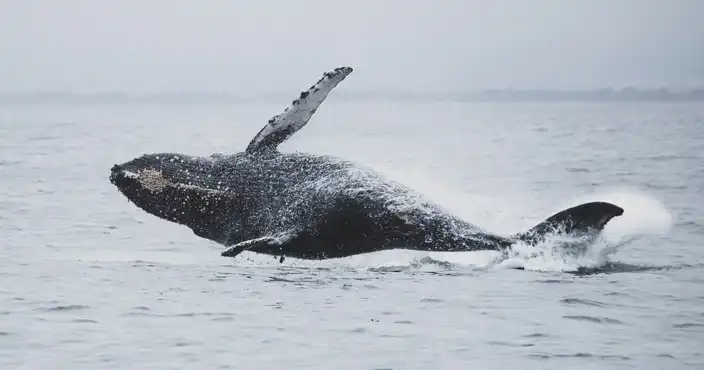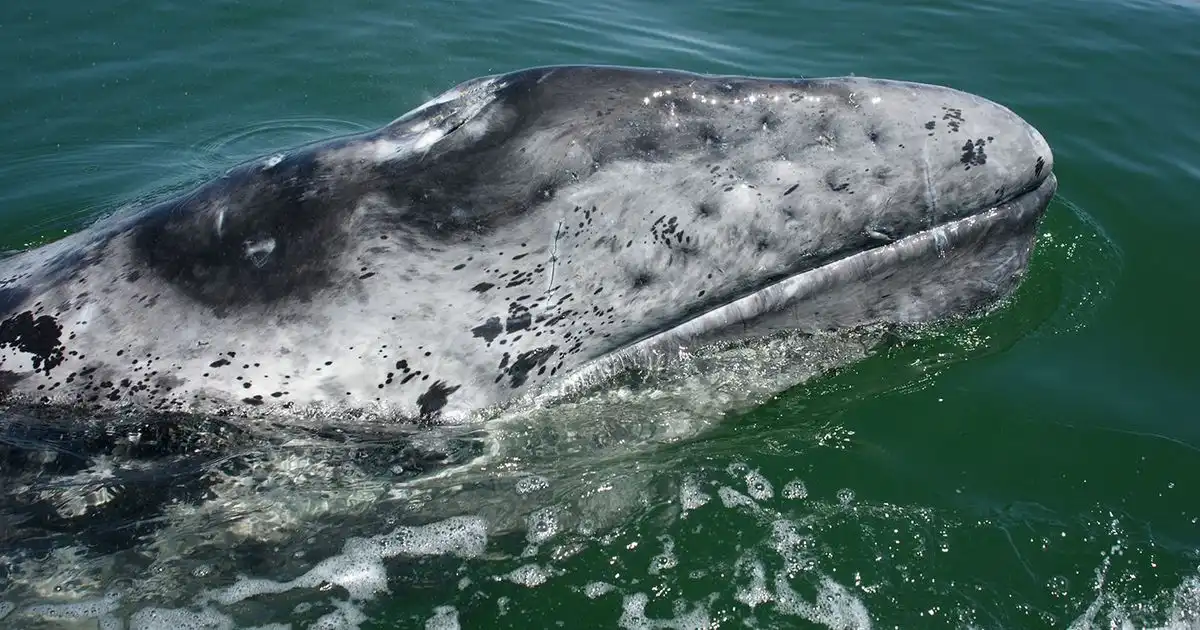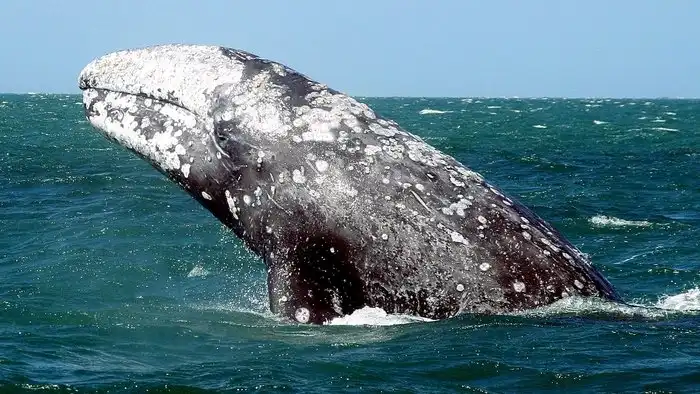Here we are discussing the migrating subspecies of Vancouver Island whales. The gray whale (Eschrichtius robustus) is a baleen whale that migrates between feeding and breeding areas every year. It is also known as the grey whale, grey back whale, Pacific grey whale, Korean grey whale, or California grey whale. They are the bottom feeders of Vancouver Island's waters, and their food becomes scarce in warm waters. Therefore, they have to migrate to follow up the best location for their food, and in their way, they spend some time around the Vancouver Island West Coast. The best place for gray whales to feed around the Island is the sheltered bays; thus, they often can be spotted from the shore while they're around. Gray whales were extinct in the early 1900s due to overhunting. However, since 1974, right after the time whale hunting was prohibited, their population began to grow back again, and now based on estimations, their population is over 20,000, of which 200 of them decided to become residents during their migration.
One question is raised, and that is why we call them "gray whales"? Well, it is evident that the reason is due to their dark gray color. The task of mama whales is even greater! They have to milk their offspring about 50 gallons each, so by simple math, you would understand how much food they should consume to be able to milk their babies adequately. Gray whales generally feed on plankton, amphipods, tube worms, and crabs. In the following, we will discuss what you'd better know about the whale watching adventure you have ahead of you and when or where is the best to spot one of these migrating mammals of Vancouver Island. Stay with us!
